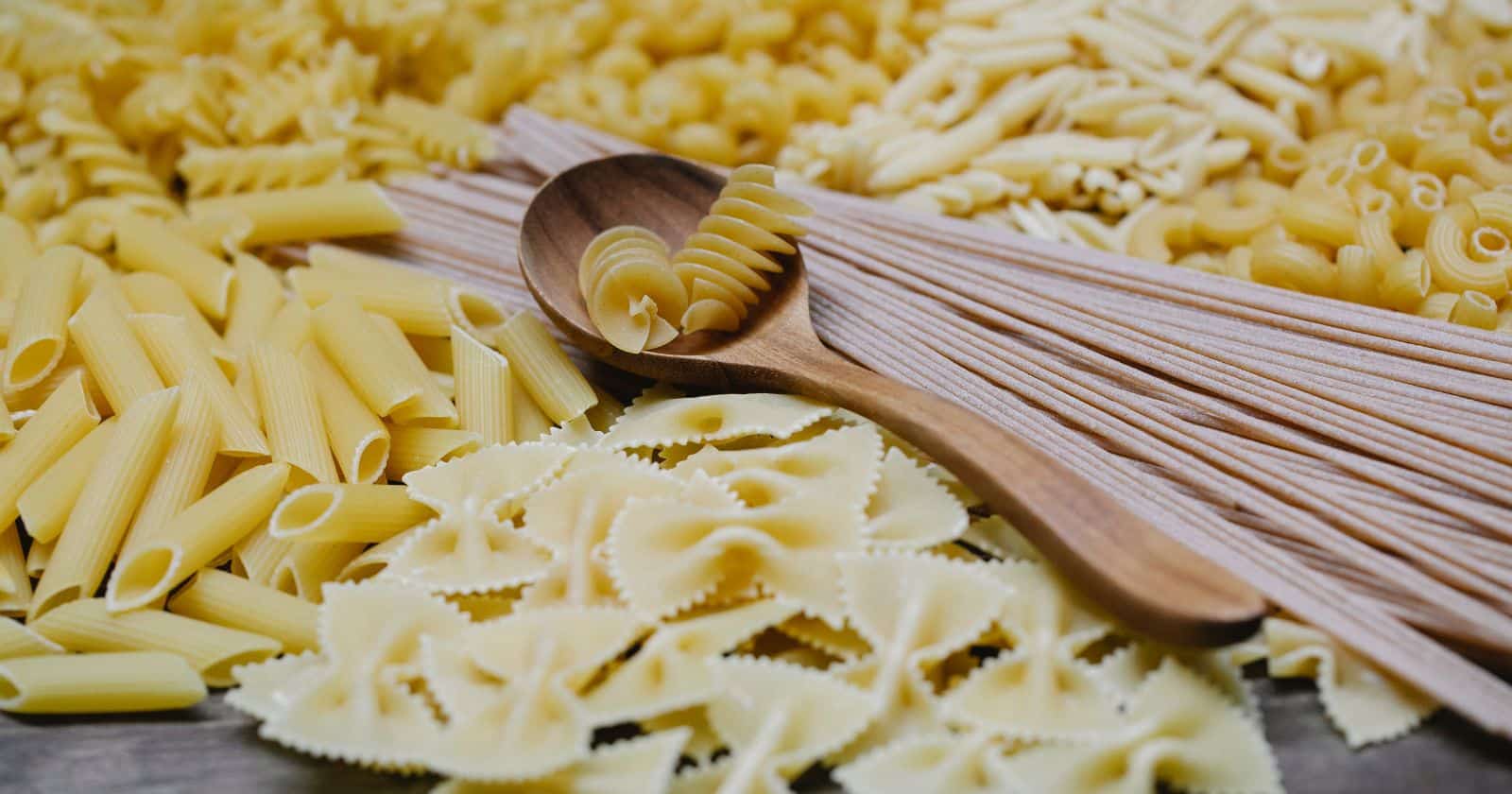Dry pasta is a staple food for a reason. It’s easy to grab a box of pasta from the grocery store and it can sit in your pantry or cupboard for a long time – even years!
If you’ve acquired a few extra bags of dry pasta recently but you don’t have any plans to cook it up right away, you may be asking yourself–does dry pasta go bad? The short answer is yes… eventually.
Read on for the best tips to preserve your pasta–or learn when it’s time to say goodbye!

Dry Pasta Vs Fresh Pasta
Before we jump into expiration dates, it’s important to note there are two schools of pasta that you can purchase at the grocery store–fresh pasta and dry pasta.
How Can You Tell If Your Pasta is Bad?
With fresh or cooked pasta, you’ll know just by looking at it or smelling it if it has gone bad. Any discoloring, mold growth or bad smells are signs of spoilage. It should not be kept longer than a few days.
Dry pasta may be a bit trickier but here are a few ways to tell if it should not be used:
Obviously, if there’s any mold growing on your pasta or if it feels slimy–throw it away. This may happen if moisture has gotten to the noodles and has had a chance to sit. It shouldn’t happen if your pasta is kept in an airtight container.
You may also be concerned about your pasta if there is a noticeable color difference compared to dry pasta you just purchased. Any white spots are signs of mold. To be safe, throw it away.
The best way to tell if pasta has gone bad by looking at it is to see if it is cracked or brittle. Old pasta may start to crack and crumble, and then it’s no good.
You should also throw away dried pasta if there are any signs of pantry bugs in or on the packaging. Pests are the biggest threat to your dried pasta which is why storing it in an airtight plastic or glass container is a good idea.
If pasta smells rancid, it will taste rancid too. Don’t risk it.
Avoid These 7 Foods That Can Kill You
FAQ
Why does my pasta have white spots?
What are the white blobs on pasta?
How do you know if pasta is spoiled?
Can bacteria grow in dried pasta?
Can you eat dried pasta with white spots on it?
Do not eat dried pasta with unusual white spots on it, particularly if the box or surroundings feel damp at all. If your dried pasta was exposed to light or if it’s going stale, the pasta may be discolored or a much lighter color than other, fresher, pasta.
Is white pasta safe for people with diabetes?
It depends, white pasta can be consumed if accompanied by other foods that lower the glycemic index of the meal, such as proteins and salads. It’s important to eat in moderation.
Can you eat dry pasta with black spots?
Either way, you will want to discard any dry pasta with black spots, unless it’s spiced pasta. Dry boxed pasta will typically have a shelf life of 1–2 years, marked on the packaging, and can be safely eaten for a few years even beyond that date. Pasta may take a lot of work to make, but its very simple in terms of ingredients.
Why does my Pasta have white spots on it?
White spots on your pasta are a sign of potential mold spores. It may be that your storage area was not as moisture proof as you thought, and the pasta may have gotten damp and developed mold. Do not eat dried pasta with unusual white spots on it, particularly if the box or surroundings feel damp at all.
